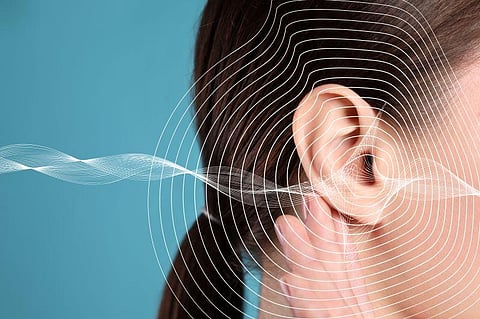MONDAY, Aug. 7, 2023 (HealthDay News) -- Gadolinium-enhanced magnetic resonance imaging (MRI) of the inner ear can help differentiate Meniere disease (MD) from vestibular migraine (VM), according to a study published online June 26 in The Laryngoscope.
Heng Xiao, from Fujian Medical University in Fuzhou, China, and colleagues examined predictive factors for MD and VM in 87 patients (50 MD and 37 VM) who underwent intratympanic injection of gadolinium and then MRI of the inner ear 24 hours later.
The researchers found that 92 percent of the patients in the MD group developed endolymphatic hydrops, while only two patients (5.4 percent) had positive results in the VM group. The incidence of migraine was 14 and 67.7 percent in the MD and VM groups. The greater the sum of the maximum slow phase velocity of the ipsilateral (SSPVI) ear, the higher the risk for VM occurrence in multivariate regression of the two groups of patients. There was a positive correlation observed for the incidence of carsickness with incidence of VM, while a negative correlation was seen for asymmetric hearing loss (AHL) with VM diagnosis.
"Although gadolinium-enhanced MRI of the inner ear is helpful in the differential diagnosis of VM and MD, less invasive differential symptomology, including carsickness, decrease in AHL in audiology examination and increase in SSPVI of the ipsilateral ear in vestibular function examinations may also serve as diagnostic predictors of VM," the authors write.
Abstract/Full Text


